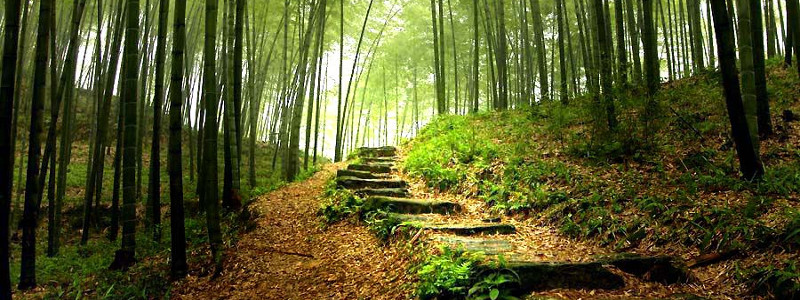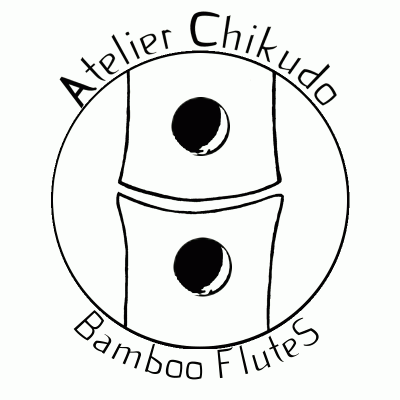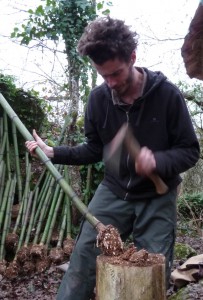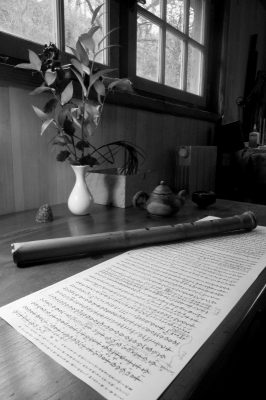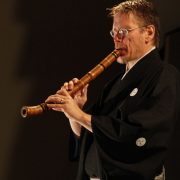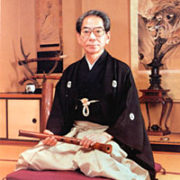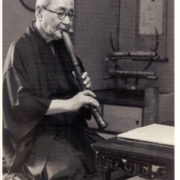Chikudo : The Bamboo way
I am making bamboo flutes since 2003.
Inspired by many travels to discover traditional music especially Oriental music.
I got freely inspired by several traditional models of flutes sometimes adding my own touch of style.
After ten years of flute making and research, I entered deeper and deeper into the world of the Japanese Shakuhachi flute on which I now devote my art.
I humbly try to make this great instrument in respect to the traditional methods developed in the past.
Shakuhachi making is both very intuitive, even spiritual, and very scientific; I enjoy very much this complementary approach.
The specificity of my work as a flute maker is the use of natural bore.
While wooden flutes have controlled regular bore profiles, the Bamboo, naturally hollow, is inconstant by nature :
Each piece of bamboo has its own unique characteristics (diameter, length, wall thickness, conical ratio…)
It is then my duty to adapt my work to the plant and not the opposite.
Every single piece of bamboo is carefully selected in order to reach the best acoustical result from it.
Thus, every flute is unique.
When the bamboo has good natural caracteristics, it may become a ji-nashi flute;
When I feel that the bore needs to be completely designed to achieve a better instrument, it would then become a ji-ari shakuhachi.
I used to work with different French bamboo species in the past but as my requirements has evolved, I now only work with Japanese Madake.
I harvest myself in Japan all of those bamboos from local groves and cure them with the traditional methods at home in France.
Harvesting is very exciting and tiring !
Making Shakuhachi is an art in which you need to devote completely. It is essential to study deeply the instrument, its music and its culture beside the making itself.
From 2013, after 3 years of self teaching on the Shakuhachi, I started to study under the guidance of my master Gunnar Jinmei Linder representing in Europe the Chikumeisha branch of the Kinko-ryu school in the lineage of the great “Living national treasure” Yamaguchi Goro.
By focusing on that particular style of playing the Shakuhachi, I aim at a specific type of sound in my research as a flute maker this leads me in the search of a specific bore design in my shakuhachi.
In this way, I feel part of the perpetuation of this Shakuhachi tradition taking sources in the very beginning of the XXth century with Yamaguchi Shiro and Miura Kindo (calligrapher of the notation I study) both masters in Shakuhachi making and playing as it was usual at that time.

